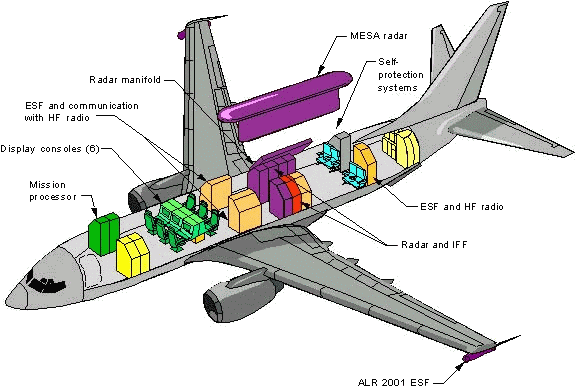jha
ELITE MEMBER

- Joined
- Dec 19, 2009
- Messages
- 10,962
- Reaction score
- -8
- Country
- Location
Follow along with the video below to see how to install our site as a web app on your home screen.
Note: This feature may not be available in some browsers.



We can create AESA radars on our own..but we cant make one for TEJAS...
probably the same reason regarding nuke-reactor..we could make a reactor decades ago,but we could not make one for ARIHANTH tiill few years back.
The reason is miniaturization..
Miniaturization was the problem with ARIHANTH and is the problem for TEJAS imo//

so 3 are on order so 20 more to come totaling to 23.....great going IAF this aircraft will be capable of IN FLIGHT REFUELING ...which the pakistani counterpart lacks currently




New Recruit
Thank God DRDO did not wanted to make also the aircraft by themselves. Somebody must have told the the top brass in DRDO "not to reinvent the wheel". We should follow the Israeli way of doing things. Take the good things from around the world and make it better.
Can any one pls tell me what is the difference b/n rotodrome and fixed antenna on an AWACS. What are the advantages and disadvantages?

Basically a rotodome gives you continuous 360 degree coverage , with the fixed antenna (rectangular) there is possibility of blind spot at the front and back of the array.
But I think the Fixed antenna is cheaper ..And you can get around the blind spots by following a special flight path that involves taking turns at specific time intervals...
New Recruit

Thanks to CABS and LRDE.... and Please can any one clarify this doubt for me, Iam not a technical person so forgive me.... When We can create an AESA radar for this, why not for LCA tejas???


) Second aspect
TR module that we see here are L band/S band where as most modern AESA have and X band operating freq . This presents another challenge bcoz we cant directly use an L band array , X band has certain advantages
like Higher Freq
Shorter wavelength meaning that much smaller Antennae size for SAR resolution . While in case for L band as wavelength is larger you may miss certain smaller wavelength objects along with requirement of bigger sized antennae . L band is ideal for AEW not tejas.

Thank God DRDO did not wanted to make also the aircraft by themselves. Somebody must have told the the top brass in DRDO "not to reinvent the wheel". We should follow the Israeli way of doing things. Take the good things from around the world and make it better.
Can any one pls tell me what is the difference b/n rotodrome and fixed antenna on an AWACS. What are the advantages and disadvantages?
 think before you type
think before you type 






Thank God DRDO did not wanted to make also the aircraft by themselves. Somebody must have told the the top brass in DRDO "not to reinvent the wheel". We should follow the Israeli way of doing things. Take the good things from around the world and make it better.
Can any one pls tell me what is the difference b/n rotodrome and fixed antenna on an AWACS. What are the advantages and disadvantages?



